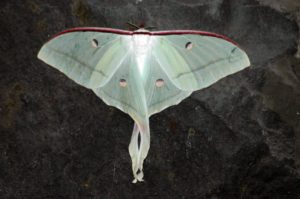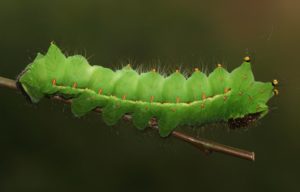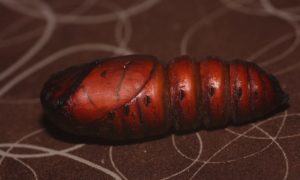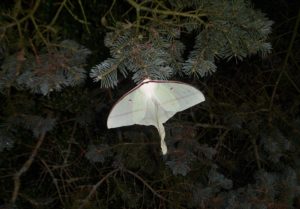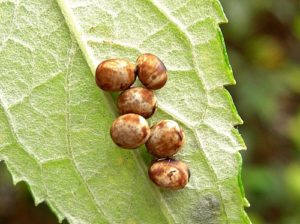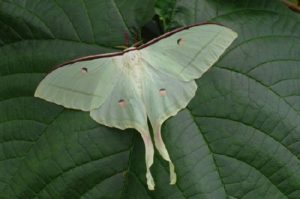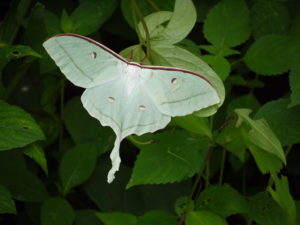Indian Moon Moth (Actias selene)
The Indian moon moth is a Saturniid moth, first described by German entomologist Jacob Hubner in 1807. It is very popular among enthusiasts and collectors.
Calphotos.berkeley.edu
Scientific Classification
- Family: Saturniidae
- Genus: Actias
- Scientific Name: Actias selene
Description and Identification
Adult Moth
Sexual Dimorphism: Present. The females appear duller in coloration than their male counterparts.
Color and Appearance
Forewing: When the wings are open, they are a pale green with a white base and round ocherous spots, one on each side, pink at the center. When the wings are closed, the colors remains unchanged, with one of the two spots visible.
Hindwing: When the wings are open, they are similar in color to the forewing and even have a spot just like them. The wings extend into a long pink tail. When the wings are closed, the patterns and colors are still visible.
Average wingspan: 182 mm
Flight pattern: Erratic
Season: Year-round
Quick Facts
| Other names | Indian luna moth |
| Distribution | Primarily India, Japan, and Nepal, as well as Borneo and Sri Lanka |
| Habitat | Areas with high humidity |
| Lifespan of Adults | 7-10 days |
| Host Plants | Apple, andromeda, banana, cherry, hawthorn, red robin, sweetgum, and willow |
| Adult Diet | Does not feed |
Scientific Classification
- Family: Saturniidae
- Genus: Actias
- Scientific Name: Actias selene

